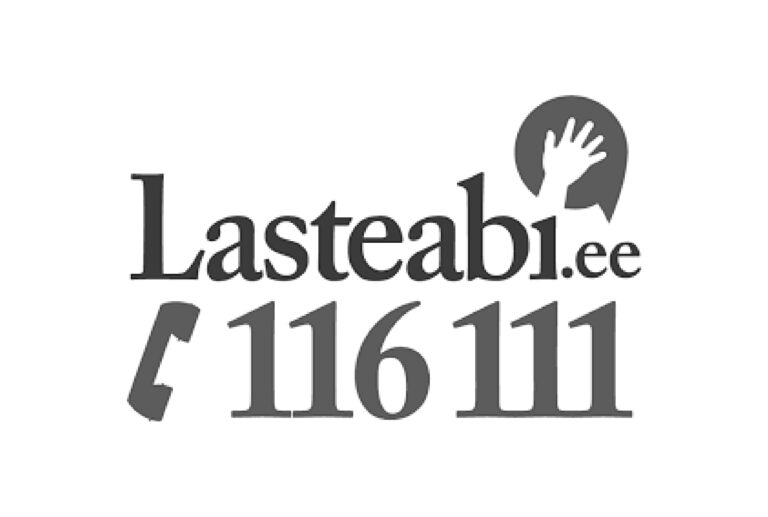A loan is an opportunity to implement a big plan, improve your living situation or make a much-needed purchase. Taking out a loan needs to be well thought out, as each loan has to be repaid with interest.
Therefore, it is important to take a good look at your options and budget. The Institute for Finances highlights five tips to keep in mind when borrowing.
1. Weigh your purchases on the want-vs-need scale
Every time you plan to take out a loan, think about whether you want or need the thing for which you are borrowing. For example, a new mobile phone may seem like a necessity, but is it really? In addition,
calculate the maximum monthly loan payment that would still allow you to live comfortably. At the same time, think about your other financial obligations (loans, hire-purchases, monthly bills) and whether you are prepared to repay the loan should your income decrease.
2. Read about various types of loans
Once you have determined your need for a loan, you should read about various types of loans and their terms. For example, small loans, hire purchases and credit cards are types of loans that do not require collateral and the maximum amount you can borrow depends on your monthly income and obligations. Small loans are generally used for bigger purchases, such as a car, a trip or home renovations, and the money is transferred to the borrower’s bank account right after the contract is signed. The main difference between a small loan and a hire purchase is that the latter can be applied for wherever a trip, device or piece of furniture catches your eye. A hire purchase contract can be entered into at a store or company on the spot, but you should not rush into this decision. Credit cards are primarily used to pay for purchases in stores, at service providers or in online stores.
3. Calculate the total cost of the loan
When taking out any loan, you should be aware that loans are accompanied by other costs in addition to interest, such as a contract fee and other service fees. Therefore, when taking out a loan, you should not only look at the interest rate, but the annual percentage rate, which indicates the total cost of using the loan (interest, a contract fee and other potential fees).
4. Compare different loan offers
Since the procedure and formula for calculating the annual percentage rate is established by a regulation of the Minister of Finance, it must be used by all lenders who grant loans to private persons, be it a bank, a leasing company or a hire purchase provider. This means that offers from various lenders for the same loan type – a small loan, a home loan etc – are easier to compare. The annual percentage rate is expressed in percentages – the higher the percentage, the more expensive the loan, which means that the total amount to be repaid is higher.
5. Consider alternatives
Consider alternatives before borrowing. For example, consider whether you can use existing resources and whether the goods or services to be financed by the loan are needed now or whether they can wait until you have saved up.
Recommendations for borrowing
- Consider your obligations! It is not sensible to take out a small loan, hire purchase or credit card without thoroughly considering your future obligations and the costs involved.
- Ask for a factsheet! Borrowers should get a factsheet before entering into a contract. This gives you the opportunity to compare various offers, including annual percentage rates, so you can decide on the best option.
- Do not sign a contract without reading it! Before signing a contract, make sure to read it and do not hesitate to ask about anything you did not understand.
- Inquire about penalties! It is worth looking into potential consequences should you ever face financial difficulties, and inquiring about conditions for early termination.

The article was written in collaboration with the Swedbank Institute for Finances.







